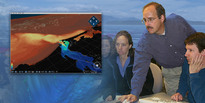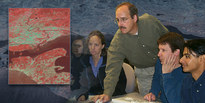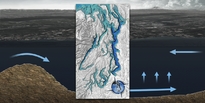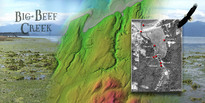Immersive Virtual Puget Sound
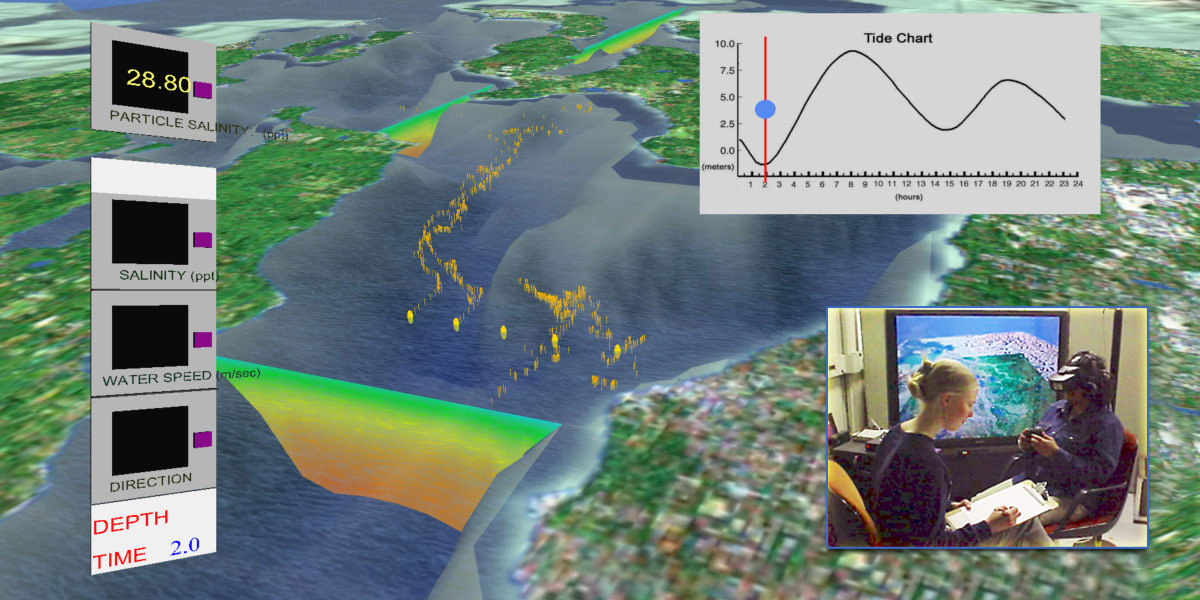
Virtual environments for learning complex ecological processes
Development of Virtual Puget Sound began in 1998 at University of Washington through the support of the National Science Foundation grant : Learning about complex environmental processes in immersive and non-immersive virtual environments. This project was a partnership between PRISM and the UW Human Interface Technology Lab.
The proposed research sought to understand when and if immersive virtual environments make it easier for students to understand complex ecological processes compared to what they can learn from desktop simulations and other experiences. The immersive and non-immersive learning materials were built from databases and models developed by the PRISM project. This project modeled environmental interactions in the Puget Sound.
The framework that guided this project was built from an understanding of three properties of VEs; their ability to induce "presence" in users; their ability to support extensive, natural interactions with objects; and their ability to make accessible to the senses events that are normally undetectable. These properties of VEs have the potential of supporting constructivist approaches to teaching and learning and thus helping students develop scientifically correct mental models of scientific phenomena.
